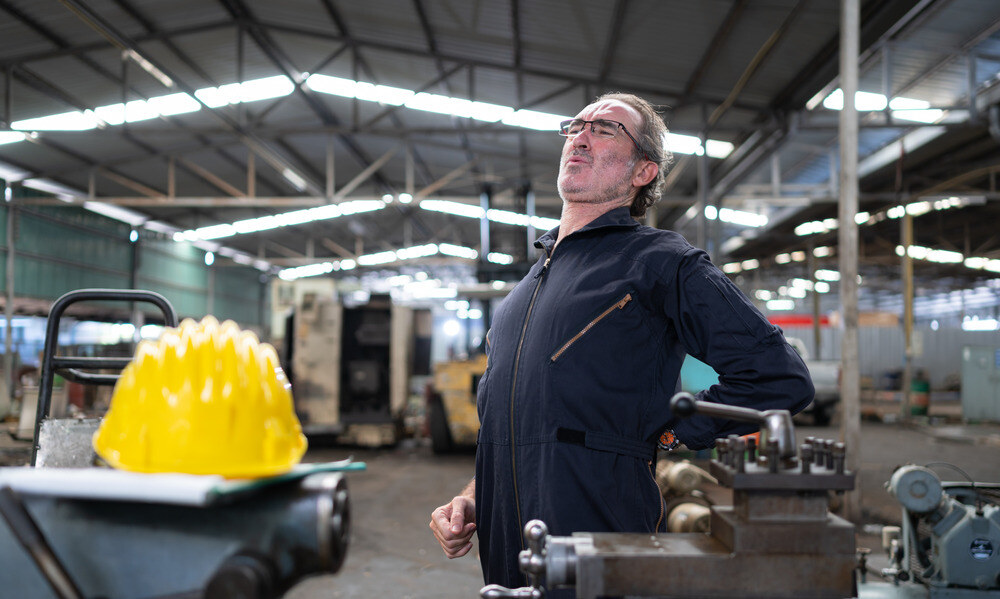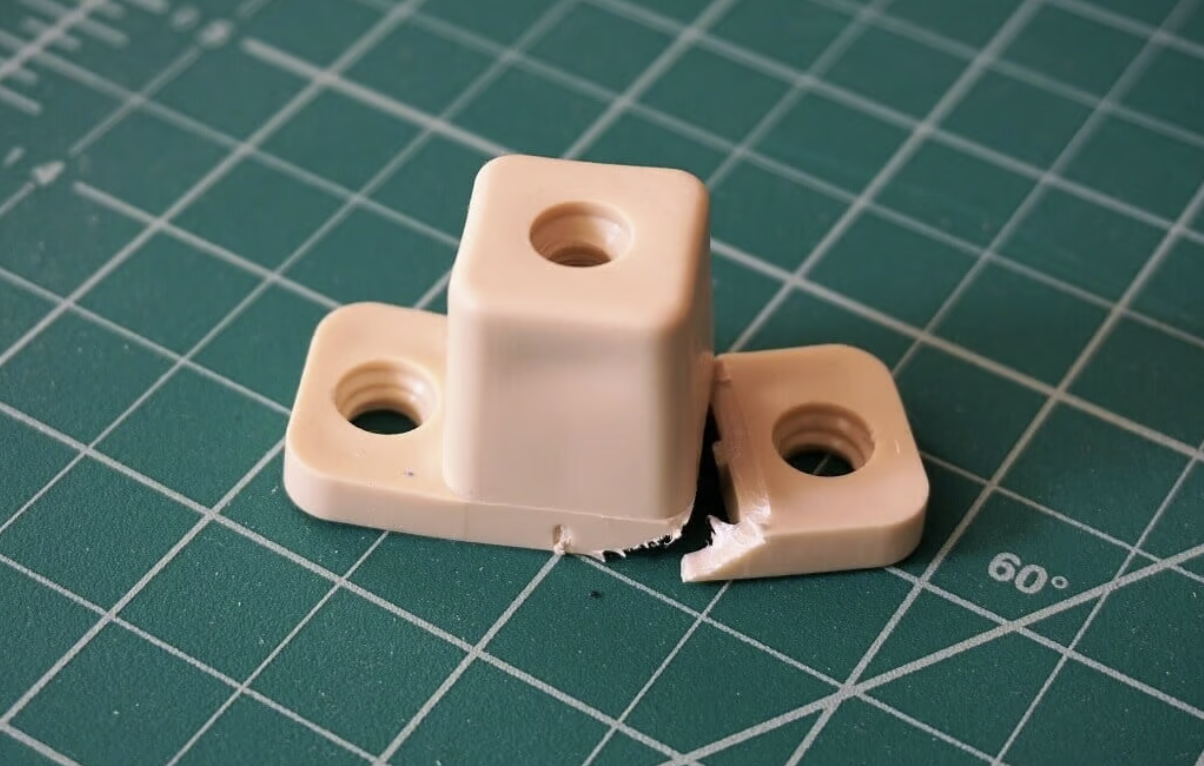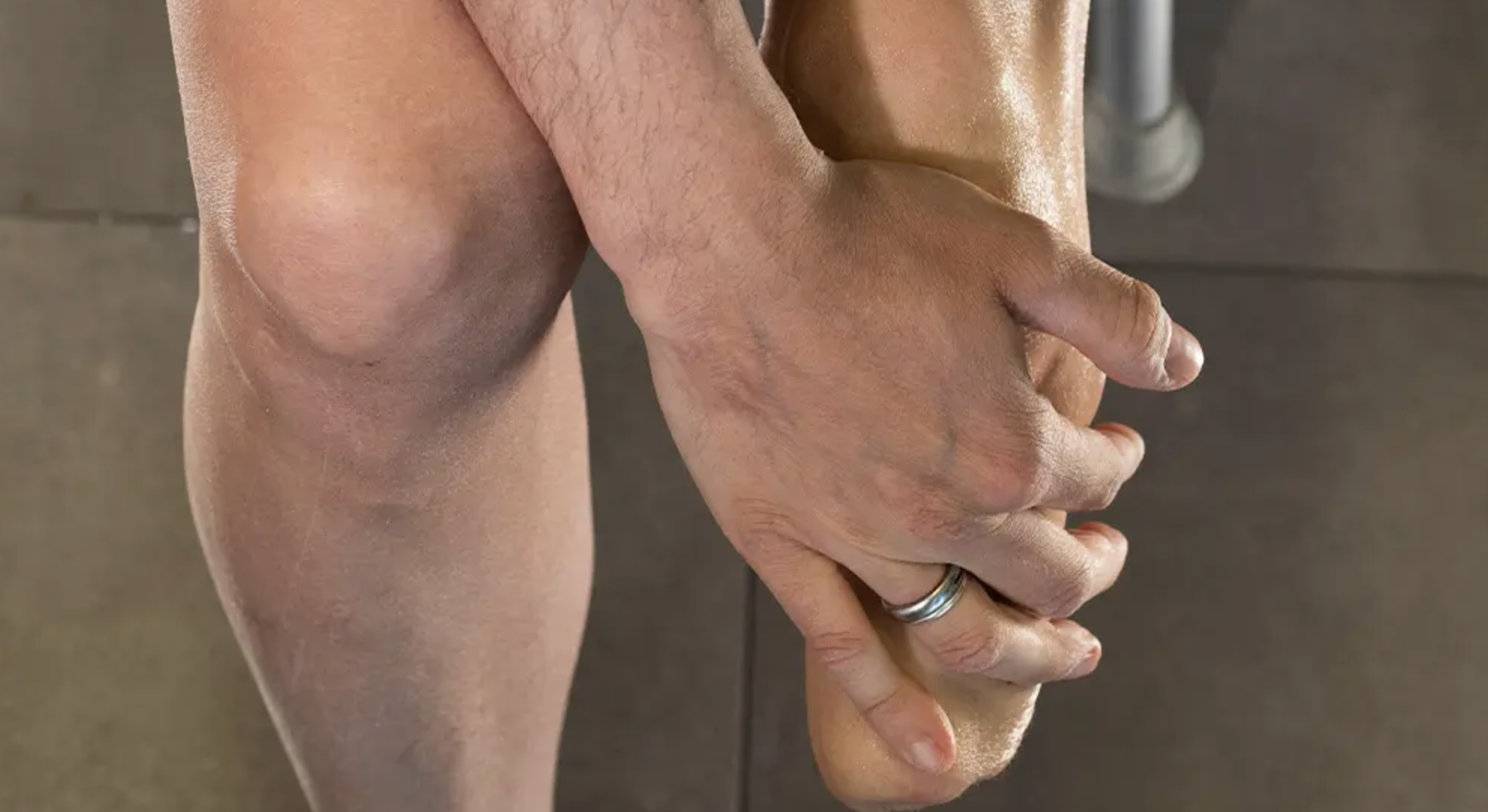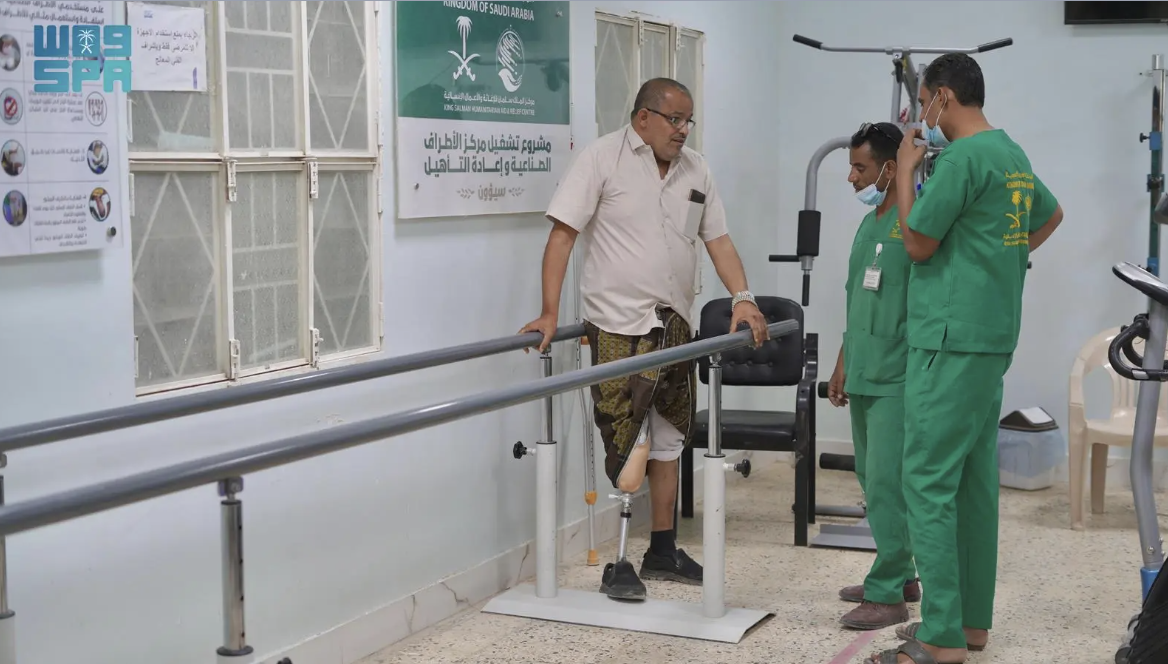Ergonomic innovations, particularly the implementation of custom insoles, improved workplace safety, reduced physical discomfort, and increased productivity at a large manufacturing facility.
Imagine standing on a hard concrete floor for hours every day. For many manufacturing workers, this is a daily reality, leading to persistent pain in their feet, hips and lower back. As large manufacturers faced growing employee injuries and discomfort, a large game producer embarked on a journey from reactive safety policies to progressive ergonomic solutions, significantly improving employee well-being and productivity.
Seeking Solutions: Collaboration with Local Academia
The management’s ergonomic point person reached out to a local academic institution that had a physical therapy program to seek a cost-effective solution supported by objective research processes. One of the physical therapy faculty members at American International College (AIC) was familiar with the work processes of the organization. After several brainstorming sessions with management, safety, students and the professor, it became clear a reasonable solution would focus on the interface between the employee’s feet inside of their respective footwear. The ground reaction forces experienced by the human body are at the bottom of the feet, not the bottom of the footwear. Even while on a floor mat, a person is still standing on the footwear’s interior and not truly realizing the full benefit of that foam pad.
Research, Prototyping and Testing: Finding the Perfect Insole
Data collection included subjective and objective data to compare the preferred insole material with the floor mat. The AIC professor and students engaged employees who agreed to participate from areas where standing was the dominant position during the workday. The subjects switched to different insoles made of varied materials such as neoprene and polyurethane to assess subjective responses. The clear winner was polyurethane, but there were issues with space inside the footwear. Work boots and sneakers were the most accommodating footwear with no complaints while shoes presented the space-limiting concerns.
The academic team found prior military research clarifying the needed polyurethane density. This provided the path and type of the polyurethane material. The team had to wrestle with the variety of surface contours of the soles of people’s feet. Lastly, for distribution to the employees and avoiding the multitude of footwear sizes, there had to be a way to make the insoles in general sizes for supply limitations, while affording employees the ease of just sliding them into their work footwear without trimming or extra effort.
The academic team had the right polyurethane material and began designing, creating prototypes, and testing among themselves. The final insoles were grouped into six sized categories (e.g., Women’s size 10-11/Men’s 8-9). The insole’s top thin surface—which would be in contact with the person’s foot—would compress to match the person’s sole of the foot, maximizing foot contact with the ground reaction forces. Thus, the insole’s surface design adjusted to the unique shape of each person’s foot, maximizing comfort and support.
Real-World Testing: Validating the Solution
Once the final insole development was complete, it was time to put it to the real test. Again, staying with the goal of collecting data on both subjective and objective, management approved the new testing phase that included the use of electromyography (EMG). The subjects that agreed to participate in this phase—after approval from the internal review board (IRB) from the college—had surface electrodes placed on the muscle in the front of the calf and on the calf muscle. The hypothesis was that the same walking and timed standing with and without the new insole would be different. In addition, the subjective responses would differ in preference for either trial.
At the end of all the testing, data collection and analysis, there was a difference subjectively in that the employees preferred to wear the insole rather than the original standard sock liner that came with the footwear. The Peak and Average muscle activity for both muscle groups showed a reduction in the level of lower leg muscle activity with the new insole. Both subjective and objective data supported the effort by management to find a cost-effective solution to the persisting standing discomfort at the workplace.
Implementing the Insole Program: A New Safety Policy
In 2003, the appointed ergonomic and safety director managed 13 ergonomic teams with 12 focused on the manufacturing departments and one office setting. The teams were comprised of union employees, area supervisors, assigned engineers, willing employees and had been productive in resolving several ergonomic-related problems plaguing their respective work areas. The efforts resulted in lowering insurance costs by one million dollars per year. However, a persisting problem was common among all the work areas that remained unsolved and a significant concern among the employees, standing and walking on the concrete factory floor.
The facility encompassed approximately 1,200,000 square feet with the manufacturing area accounting for 700,000 square feet and the remainder shipping/receiving areas. As the study progressed, few formally complained because they thought, “Well, it’s a factory floor and what can possibly be done to really fix it?” The company had been using floor matting materials only at individual workstations. Management was rightfully concerned about the budgetary impact of a new policy and initiated their own cost advantage or cost-benefit analysis comparing the issuance of insoles to the variety of floor mats. The management’s own analysis demonstrated that the company was spending $42,000 to replace the floor mats every two years. The new insole program not only reduced employee physical complaints but also led to a notable increase in productivity.
Now every employee was able to stand on a cushioned insole rather than just a few, there was an elimination of trips/falls related to worn floor mats, and they found that productivity was improving since the employees were able to work pain-free. Everywhere the employees needed to get to within the facility, the “mat inside their footwear” went with them. Additionally, the company saved $4,000 over two years by opting for insoles over floor mats and fewer trips and falls. The insole policy approved two sets of insoles for every employee per year and continues 20 years later.
Continuation under New Ownership: Sustaining the Program
The manufacturing facility was purchased in 2018, continuing the ergonomic insole program that began some 20 years earlier. The new owners recognized the enormous safety and ergonomic benefits received by the employee insole program. In 2022, the company’s industrial engineer in was tasked with the ongoing employee insole program. The ergonomic safety insoles continue to be distributed semi-annually (Spring and Fall) to any employee who requests them. On average, upwards of about two hundred pairs of insoles are issued every six months.
In addition to formal monthly safety committee meetings, the industrial engineer takes the opportunity to speak with assemblers during daily Gemba walks around the production floor. These informal conversations build trust with the assemblers, allowing them to bring up issues that are a concern to them. Several times, as the next insole distribution gets closer, employees have asked when they can expect to get a new pair. "These insoles are a game-changer,’ said an employee standing in the Final Pack department. Another remarked, ‘I wish I wasn't on my feet all day, but these make it so much easier on my back, knees and feet.".
The overall experience with using these insoles over the last two years has been consistently positive and rewarding, providing benefits to the diligent assemblers day in and day out. Besides the ergonomic issues being addressed, reliable semi-annual insole distributions provide an environment that genuinely cares for their well-being and wants to help workers avoid injury.
Conclusion: Impact and Future Recommendations
One of the most endearing and rewarding aspects of being involved in a company’s safety initiatives is the formation of a coherent policy ultimately impacting workers. Honest discussions, objective data and collaboration between management and employees can be a struggle, but it is vital. Given these new present-day challenges, it’s important to share the experience of challenging the status quo, doing reliable analytic assessments and providing critical data to support a long-lasting safety policy that still provides both employee safety and financial accountability. Implementing this ergonomic insole program has improved employee well-being and transformed the work environment. Hopefully, this experience encourages other companies facing similar challenges to continue ergonomic efforts while fostering a safer workplace.







